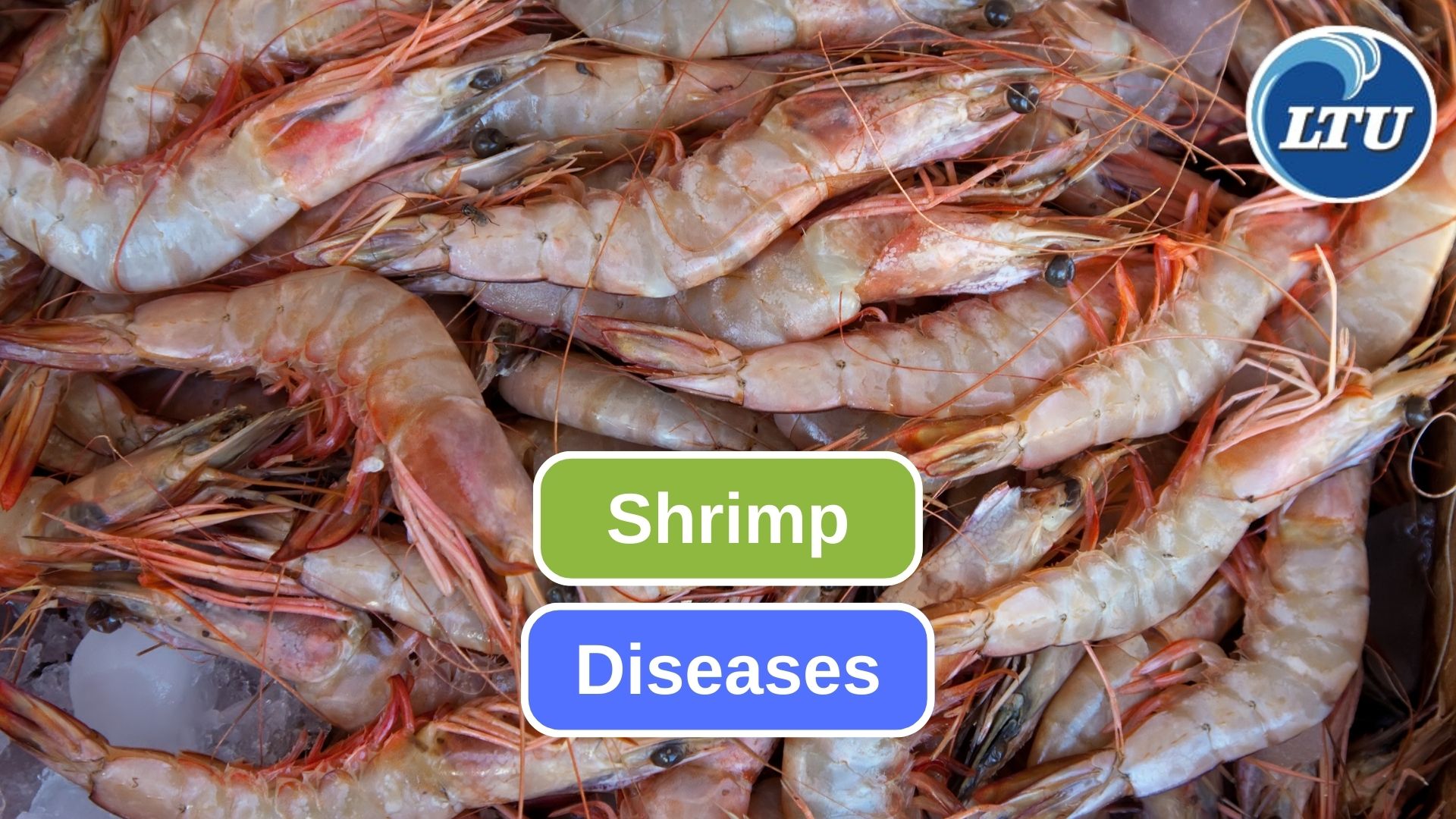Types of Diseases in Shrimp Farming
By. Nevanda - 04 Sep 2023
lauttimur.com - Disease in shrimp farming can be a serious problem that can threaten shrimp populations and reduce production. Some common diseases in shrimp farming include:
1. White Spot Syndrome Virus (WSSV)
This virus causes white spots to appear on shrimp skin. Severe infection can cause death in a short time.
2. Taura Syndrome Virus (TSV)
This virus affects tiger shrimp and can cause large numbers of deaths. Symptoms include decreased appetite, constant swimming, and deformity of the shrimp body.
3. Hepatopancreatic Parvovirus (HPV)
This virus attacks the hepatopancreatic organ in shrimp, disrupts digestive function, and results in weight loss and death.
Read also: Here’s How Rack and Bag Culture for Oyster Farming Works
4. Necrotizing Hepatopancreatitis (NHP)
This bacterial infection can cause damage to the hepatopancreas of shrimp and symptoms include decreased appetite, persistent swimming, and body discoloration.
5. Infectious Hypodermal and Hematopoietic Necrosis Virus (IHHNV)
This virus can cause a decrease in shrimp production and symptoms such as discoloration, deformity, and bulging abdomen.
6. Early Mortality Syndrome (EMS)
Also known as early mortality syndrome or Acute Hepatopancreatic Necrosis Syndrome (AHPNS), this disease is caused by the bacterium Vibrio parahaemolyticus. Symptoms include the appearance of large numbers of dead shrimp in a short period of time.
7. Enterocytozoon hepatopenaei (EHP)
This protozoan can infect the hepatopancreas of shrimp, disrupting digestive function and causing weight loss.
8. Baculovirus Penaei (BP)
This virus causes symptoms such as slowed growth and decreased productivity in shrimp farming.
9. Vibriosis
This disease is caused by Vibrio sp. bacteria and can cause damage to shrimp gills, decreased appetite, and death.
10. Fungal Infections
Fungal infections can also occur in farmed shrimp, causing symptoms such as body discoloration and fungal growth on the shrimp exoskeleton.
Disease control in shrimp farming involves good management practices, such as water quality monitoring, pond cleanliness, isolation of sick shrimp, and healthy feeding. Sometimes, the use of drugs or vaccination can also be applied as a preventive measure. It is important to consult a shrimp farming expert if you are facing shrimp health issues in your farm.
Read also: How to Make Homemade Octopus Salad








